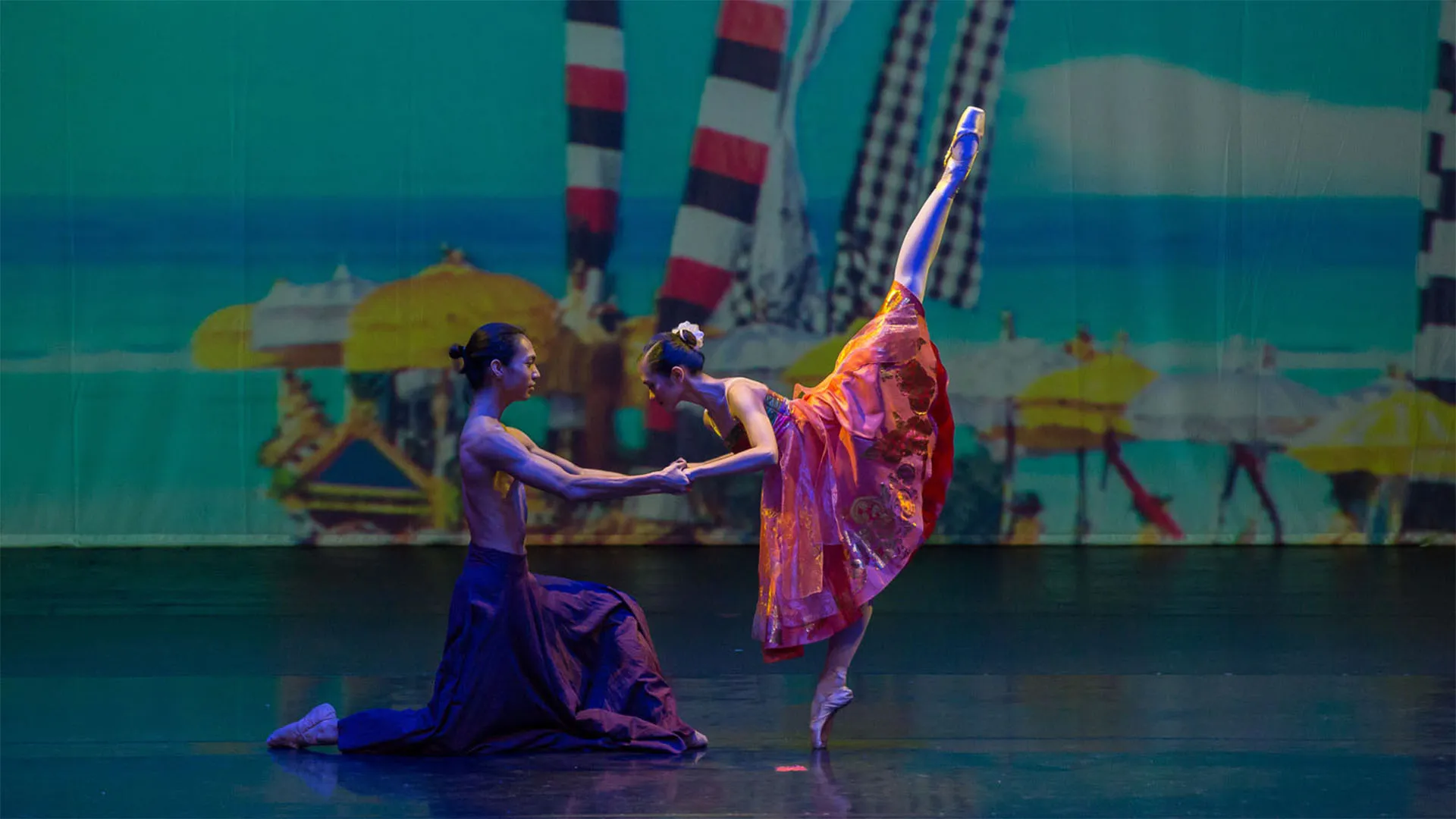Modern Dance Styles
Modern dance is a theatrical dance that began to develop in the United States and Europe in the late 19th century. Modern dance came along as part of a rebellion against the traditional, more highly technical forms of dance such as ballet, and has since become one of the dominant genres for formally trained dancers throughout the world. Modern dancers strive to connect the mind and the body through fluid dance movements while focusing on spontaneity and self-expression. Some of the styles that are going to be explained here are Jazz, Contemporary, and Hip Hop.
Jazz
Jazz dance paralleled the birth and spread of jazz itself from roots in Black American society and was popularized in ballrooms by the big bands of the swing era (1930s and ’40s). It radically altered the style of American and European stage and social dance in the 20th century. Eventually, this kind of social song and dance became popularized beyond the African American communities. In the 1940s, the improvised, social aspect of jazz dance began to be replaced with intricate choreography as more dancers with training in ballet and Modern took up the dance form, especially on Broadway stages. Showcasing styles, techniques, and also the originality of each dancer. This emerging style of technical jazz became codified in the movement of Jack Cole, Jerome Robbins, and Bob Fosse.
Some identifying elements of jazz dance include:
- Isolations: a dancer isolates one specific part of his/her body, such as rib cage or wrist
- Grounded movement: dancers keep a low center of gravity, and often bend their knees
- Syncopation: accenting an offbeat or note of the musical accompaniment that surprises the audience
- Contractions: motivated by his/her breath, a dancer will make a C-shape with their core
- Sensuality: there is a sexiness in jazz dance that is lacking in more traditional styles (Ambrosino, 2014)
Here are a couple of videos that can be identified as Jazz dance:
Contemporary
Contemporary dance is a style of expressive dance that combines elements of several dance genres including modern, jazz, lyrical and classical ballet. Contemporary dance stresses versatility and improvisation, unlike the strict, structured nature of ballet. Contemporary dancers focus on floorwork, using gravity to pull them down to the floor. This dance genre is often done in bare feet. Contemporary dance can be performed to many different styles of music. Pioneers of contemporary dance include Isadora Duncan, Martha Graham, Merce Cunningham, and Lester Horton; they all believed that dancers should have freedom of movement, allowing their bodies to freely express their innermost feelings.
Some identifying elements of contemporary include:
- Abstract: the emphasis is on movement rather than narrative
- Unpredictability: dancers often use contrasting rhythms, directions, and postures
- Breath: in many forms of contemporary and modern dance, performers use breathing as a central part of their dancing
- Floor work: many contemporary students learn that the floor is their first partner
- Non-standard movement: there isn’t a set contemporary dance vocabulary, so performers are free to experiment and create new movements and positions (Ambrosino, 2014)
Here are a couple of videos that can be identified as Contemporary dance:
Hip Hop
Hip Hop Dance is a style of movement characterized by bounces and rocks executed to Hip Hop music. It has deep historical and social roots in African American culture, having emerged in Black communities living in 1970s New York. Unlike most dance styles, hip hop was developed without a formal structure and was not created in a studio. In other words, a hip hop dancer only needs a natural sense of rhythm and practice, rather than formal training, to become skilled in the style. This street dance was created as an effort to abolish criminality and violent behaviors among Black communities. Recently, modern hybrids of hip-hop called New Style (lyrical hip hop, jazz-funk) have become popular in the entertainment industry.
Some identifying elements of hip hop include:
- Competitive nature: hip hoppers challenge each other with dance moves
- isolations: dancers control and move specific parts of their bodies
- Popping: quick contraction and release of a dancer’s muscles to the beat of the music
- Locking: performing a series of movements to “lock” parts of the body in different positions
- Breaking: improvisational freestyle movements performed closely to the rhythm of a song, often including flips and tricks (Ambrosino, 2014)
Here are a couple of videos that can be identified as Hip Hop dance:
This article was compiled from multiple sources:
vox.com
liveabout.com
steezy.co
britannica.com
alaskadancetheatre.org
Kirana Putri Sudarsono
